2020/5/3
Nara – the former capital of Japan and central hub for politics, economics, and culture predating Kyoto. This ancient locale’s history as the heart of Japan spans throughout history with it also being home to the ancient capitals of Asuka, Fujiwara, and Heijo-kyo between the 600s and 800s. The prefecture of Nara boasts the most national treasures, important cultural properties, historical structures, and historic cultural resources in all of Japan.
Tokyo is now the central hub of Japan, however, it only became the country’s hub for politics and economics relatively recently in the 17th century. Prior to Tokyo becoming Japan’s modern capital, Nara and Kyoto formed the heart of Japan and was home to the Emperor himself. Furthermore, the largest city in western Japan, Osaka, also has its own unique culture built through centuries. In fact, western Japan houses vastly more ancient and Middle Age historical sites than what can be found in eastern Japan.
While Nara is home to such historical prestige, it is often not the first city that comes to mind as a major sightseeing spot in Japan. Tokyo, Osaka, Kyoto, and perhaps Sapporo, owing to the recent skiing boom, are the cities tourists tend to flock to. For those looking for a deep dive into Japan’s history, Nara should be the top destination to visit.
One of the reasons why Nara is not more mainstream is possibly because it is sandwiched between the big names of Osaka and Kyoto. It also finds itself off the shinkansen (bullet train) line, making it less accessible than the aforementioned cities. With the city less than an hour away from both Osaka and Kyoto, many tourists are inclined to drop by for a daytrip, but it is far more recommended to spend more time soaking up all of the temples and other ancient Japanese offerings to be found. Keep reading for a collection of must-see spots that can be reached by foot from Nara city. Drop by these places between October and November, if possible, to see all of the sights draped in beautiful autumnal leaves.
Kasuga Grand Shrine and an ancient forest

Kasuga Grand Shrine was built in 768 to protect Heijo-kyo (the capital at the time) and bring prosperity to the people. According to legend, a kami (Japanese god) rode on the back of a white deer to the Kasuga Grand Shrine, which is why the deer are now regarded as sacred animals and can be found happily living in the surrounds.
The beautifully red-coloured shrine sits proudly at the base of Mikasa-yama and offers plenty to see, including long-stretching torii gates.
A particular sight to see are the lanterns lining the approximately 52-metre-long eastern corridor, and 81-metre-long western corridor. About 1,000 lanterns that have been offered by visitors over the span of 800 years can be found here. Each of the lanterns are unique in shape and design, with brand-new gold ones also found in the mix. In fact, all of the lanterns start off looking gold and gradually change colour over time.
This shrine was registered part of the “Historic Monuments of Nara” in 1998, with the shrine and the surrounding ancient forest of Mikasa-yama also recognised as a world heritage site. The ancient forest found here is also a location that should be on the list of all visitors.
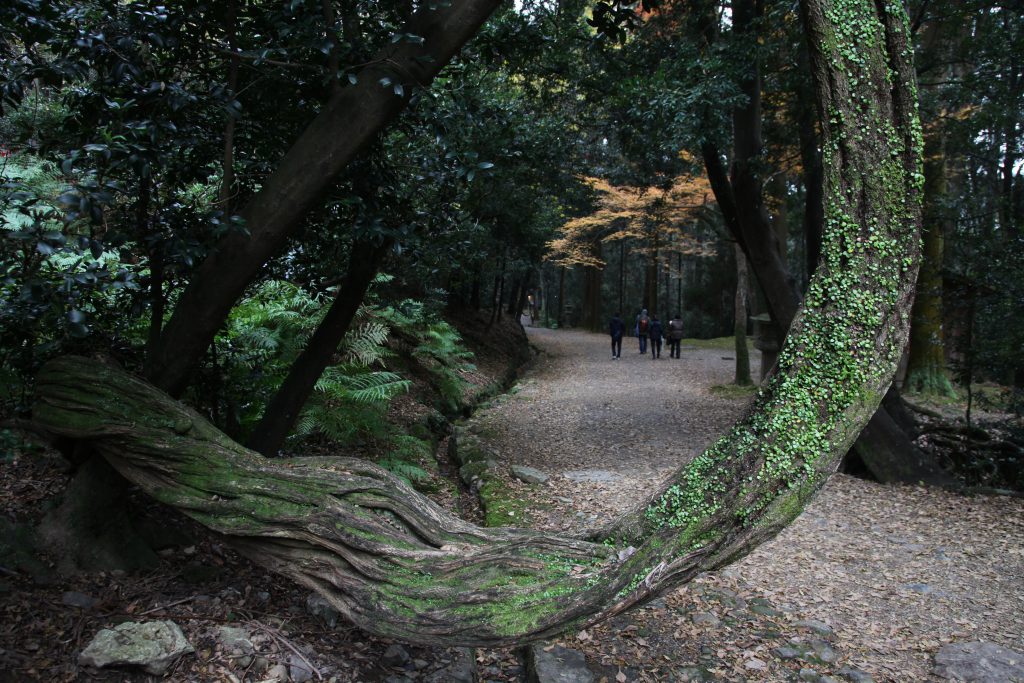
For those with a leisurely itinerary planned for Nara, a walk around the Kasuga Primeval Forest is highly recommended. Located 498 metres above sea level and spanning across an area of approximately 250 hectares, the primeval forest carves a beautiful sight across the eastern mountainous backdrop of Nara. The rare primeval vegetation on this mountain has been left relatively untouched as it was a sacred site of Kasuga Grand Shrine and was actively protected in the 9th century through an order to prohibit the felling of trees. The official trail is approximately 10 kilometres long and would take about four and a half hours to leisurely conquer.
Pray to the massive Buddha statue and bask in the Nigatsu-do sunset at Todai-ji
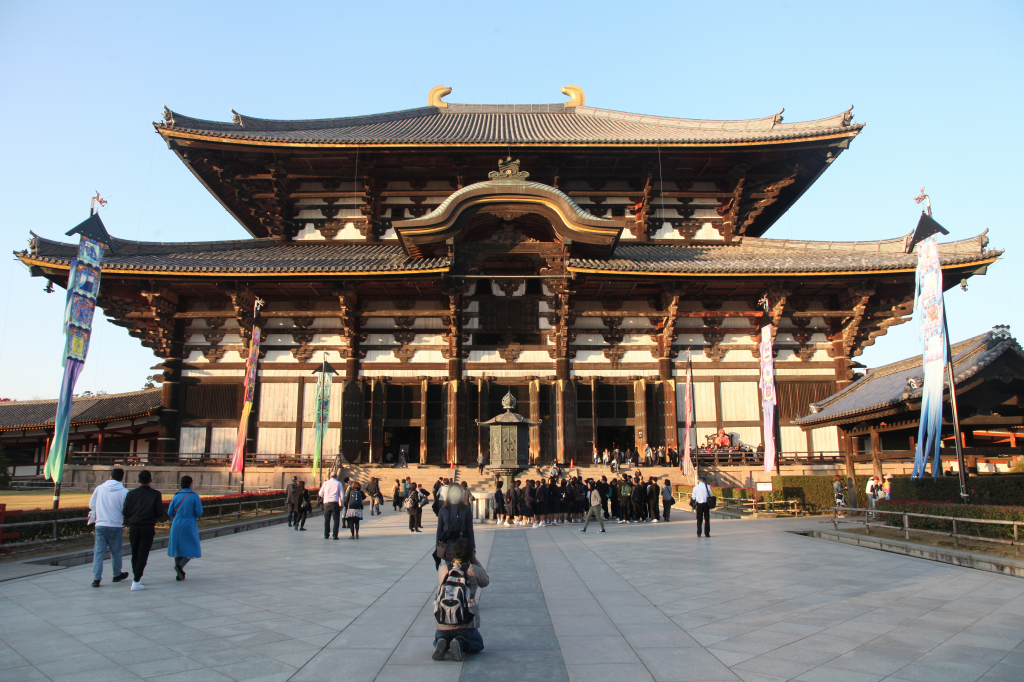
Emperor Shomu used his power to build this temple in the 8th century. It was listed as a UNESCO World Heritage Site in December 1998 as part of the “Historic Monuments of Ancient Nara”. The area spanning from the centre of Nara Park reaching towards the north is home to a large number of Important Cultural Properties.
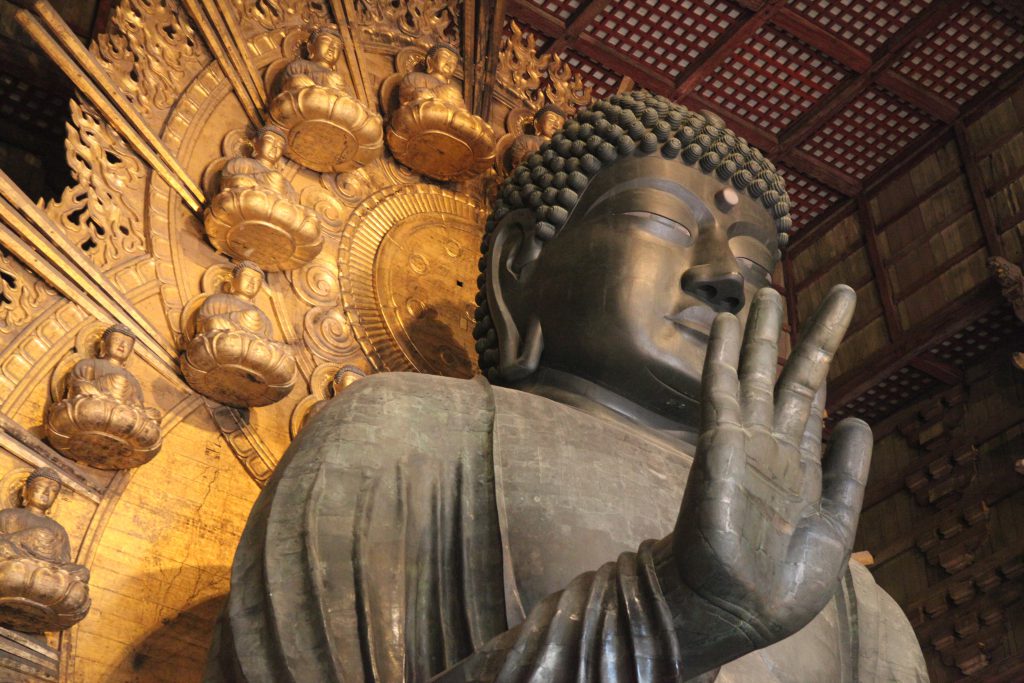
Standing at a towering 14.98 metres tall is the “Great Buddha of Nara” (nara no daibutusu) which is housed in the almost 50-metre-tall Great Buddha Hall. Coming to terms with the idea that these structures were built many centuries ago is sure to leave many mouths gaping.
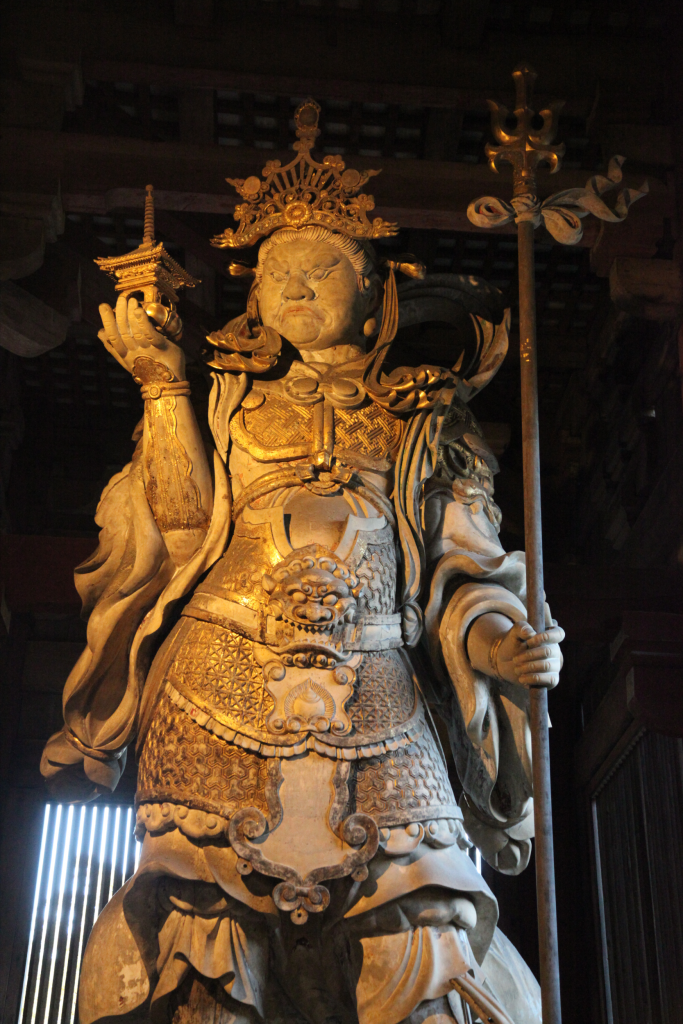
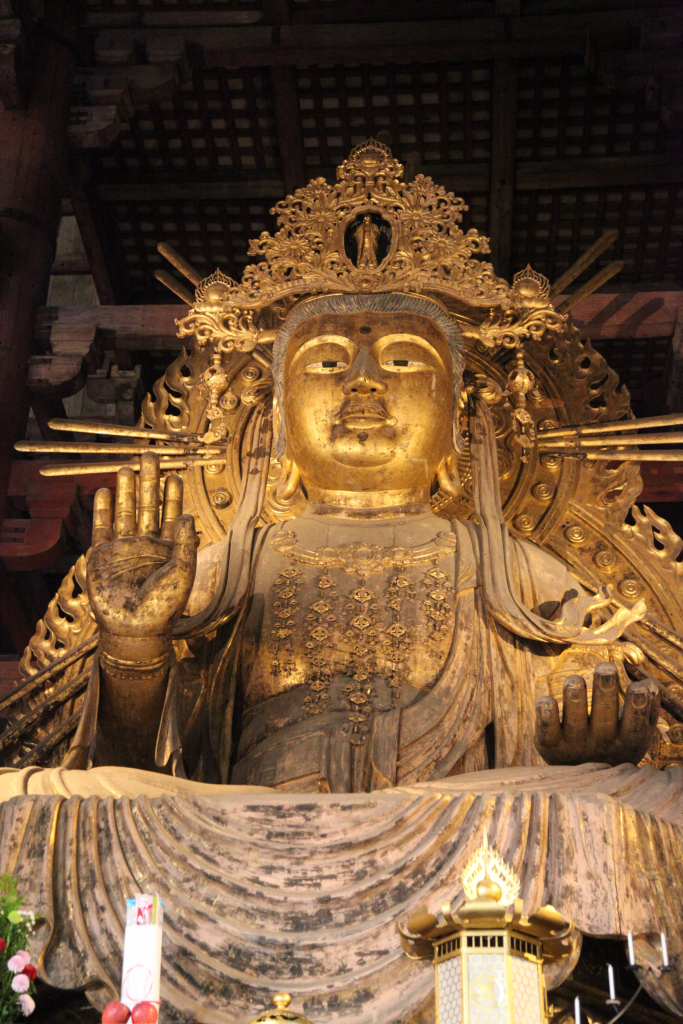
Drop by to be awestruck by the sheer size of the Great Buddha whilst also allowing time to admire the smaller statues of Buddha inside the building.
The Great South Gate found at the entrance of Todai-ji is also a national treasure that is sure to impress. On either side of the gate are two 8.4-metre-tall wooden Nio statues standing guard with their menacing looks.
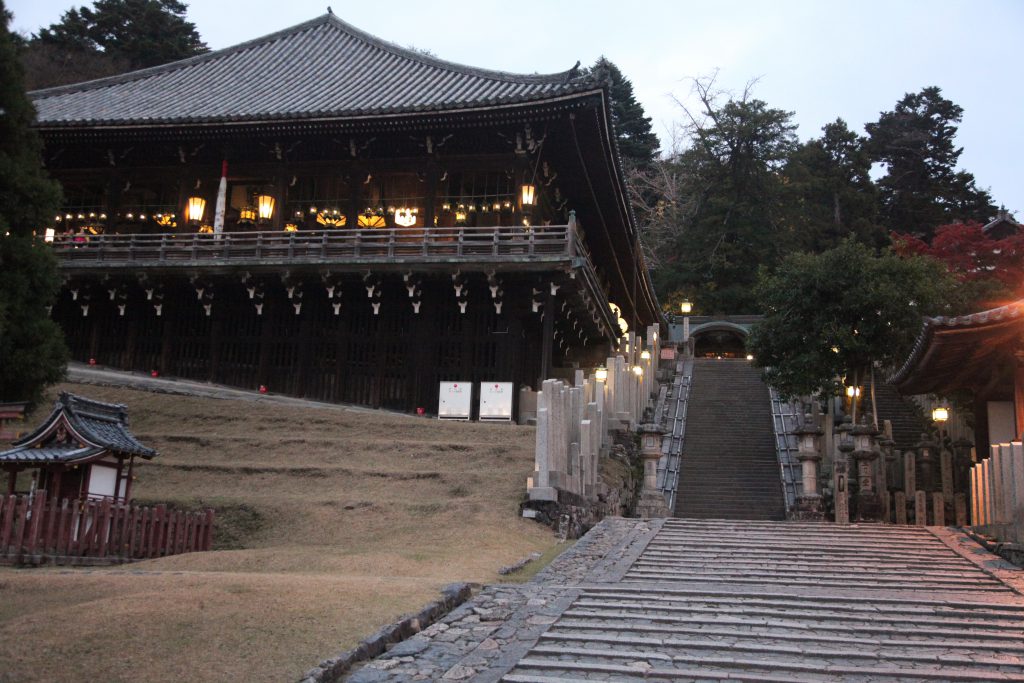
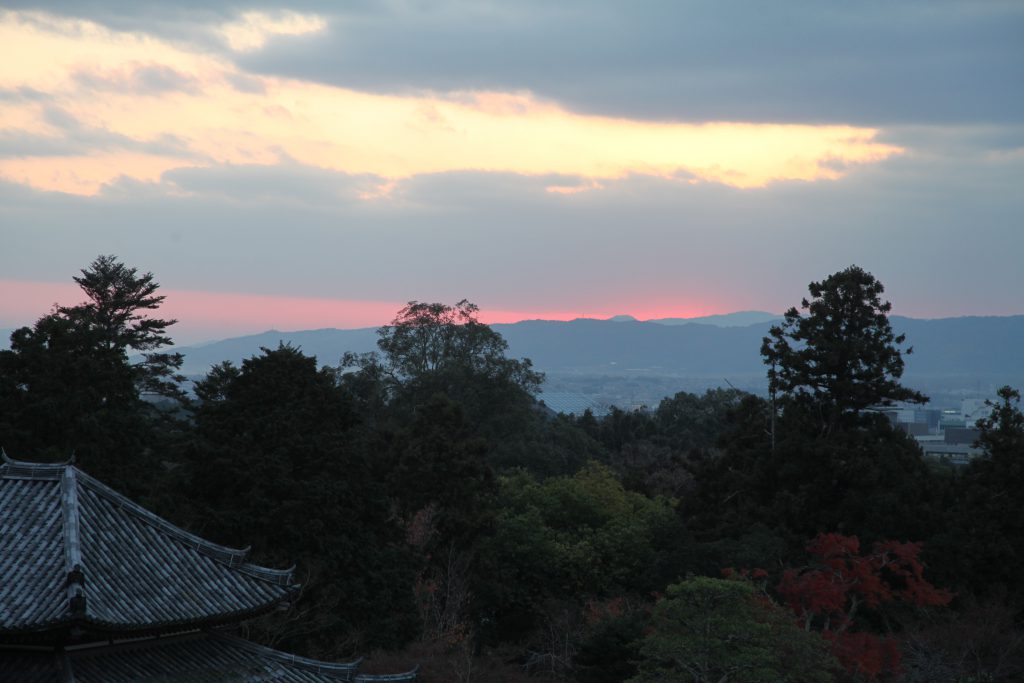
A visit to Nigatsu-do around sunset will treat visitors with a wonderful view of the city sprawling below. The gradually fading sunlight painting the city of Nara in its warming glow as the night begins to fall will leave a lasting impression on visitors who make the trip.
Strolling around the famous Isui-en Garden
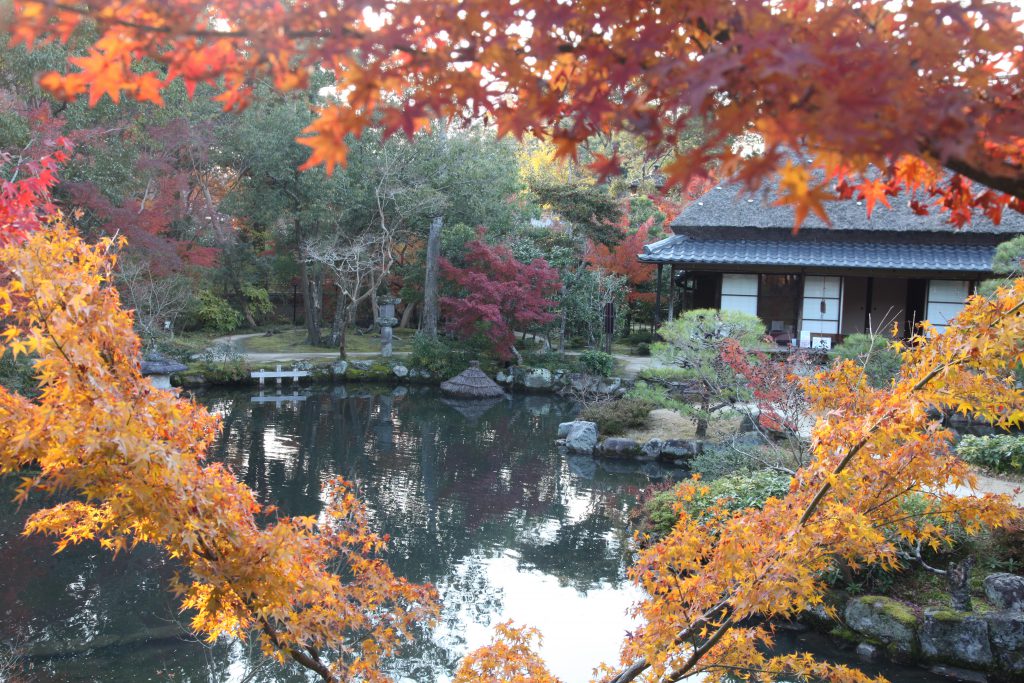
The Isui-en Garden is made up of two gardens worth a stroll around to soak in the surrounding scenery of Mount Wakakusa, the Great South Gate of Todai-ji, and Mount Kasuga.
Both gardens feature centrally located ponds and span across 13,500 metres square with the first garden built in the Edo period, and the second built during the Meiji period. The gardens are absolutely stunning during the autumn when the leaves are at their most colourful. Visitors can also stop by museum featuring bronze wares and pottery, or enjoy a leisurely cup of tea at the tea house within the grounds.
Nara is absolutely teeming with various other historical sites, but for those visiting the city for the first time a walk around these hot spots should be your first port of call.
【Written by Kazuya Baba – Australia based writer】